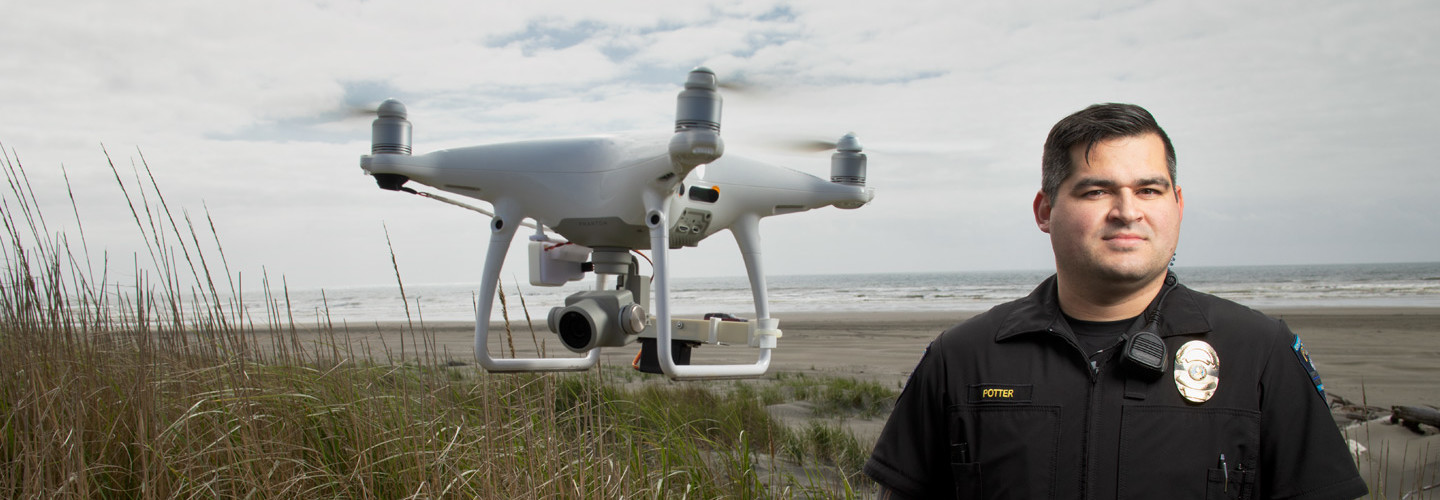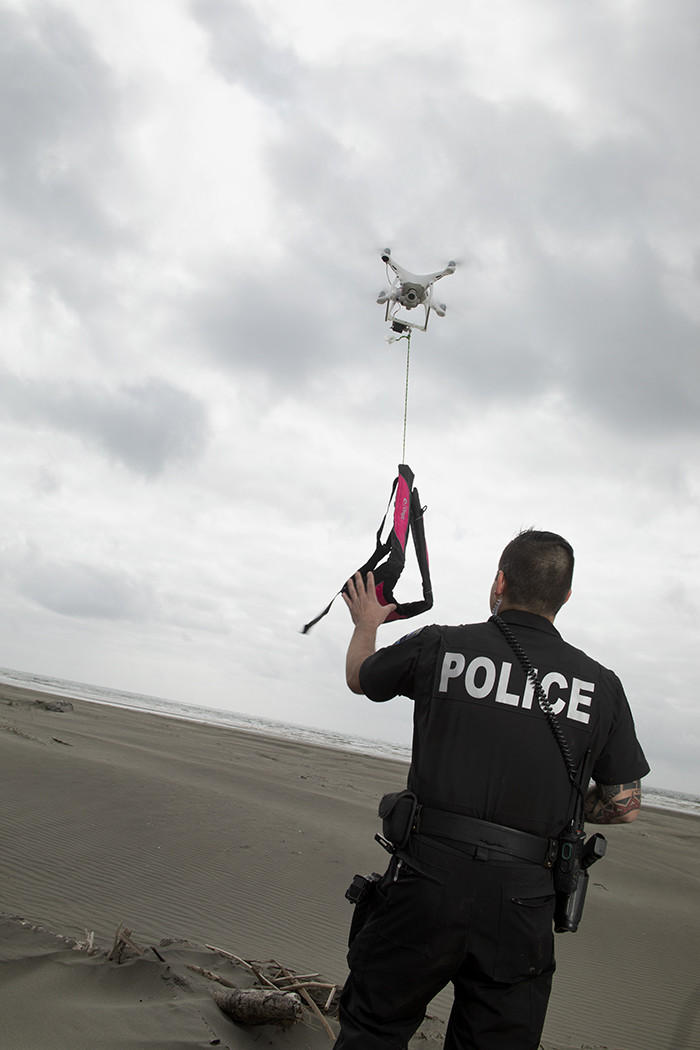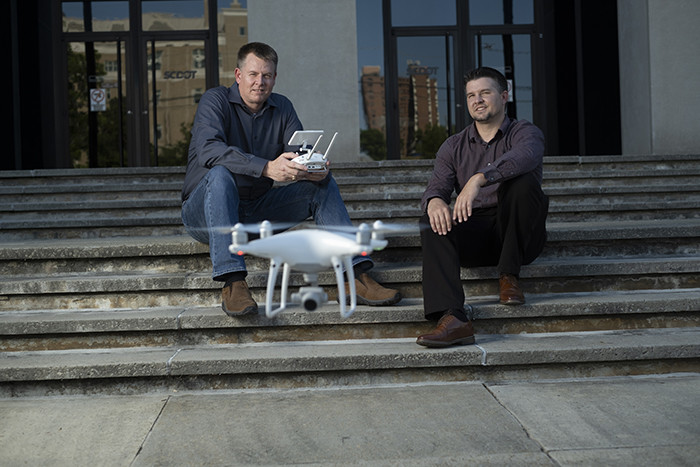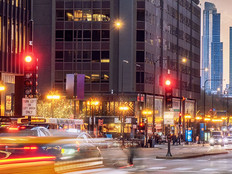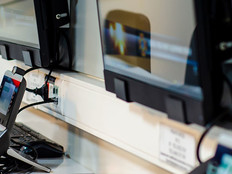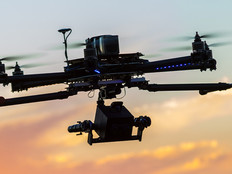By 2018, at least 910 U.S. sheriff’s offices, police and fire departments, and emergency services agencies had purchased drones, an 82 percent increase from the previous year, according to a study by the Center for the Study of the Drone at Bard College.
The most common uses of drones are for search and rescue, emergency response, crime scene and accident scene investigations, and tactical situations, where an aerial perspective provides valuable information, says Dan Gettinger, the center’s co-director.
“We are still in the early days of adoption, but there is a growing pace of adoption by public agencies nationwide,” he says.
Police Departments Can Fly Drones for Search and Rescue
The city of Ocean Shores, which gets a dozen or more 911 calls for water rescues per year, does not allow first responders to swim into the ocean, so the new drones are an important new lifesaving tool, Potter says.
The city’s police and fire departments previously had a surf rescue team that used personal watercrafts, but it was disbanded in 2013 because of budget cuts. Since then, first responders could only respond to water emergencies in two ways: Use a line gun and shoot a life jacket to swimmers, or call the Coast Guard and wait for them to respond with a boat and helicopter, which could take 20 to 30 minutes.
“That’s a long time to be in cold water, and most people don’t survive that long,” Potter says.
Now, using drones, the city’s first responders can be more proactive. Minutes and seconds count when people are in danger of drowning, so drones can make a big difference, Potter says.
This summer, when a rescue call comes in and if the distressed swimmer is not visible from shore, the first arriving officer will launch a drone equipped with a camera to search for and locate the swimmer. The DJI controller, used to steer the drone, has an ultrabright 5.5-inch screen that gives the pilot a bird’s-eye view of the ocean.


